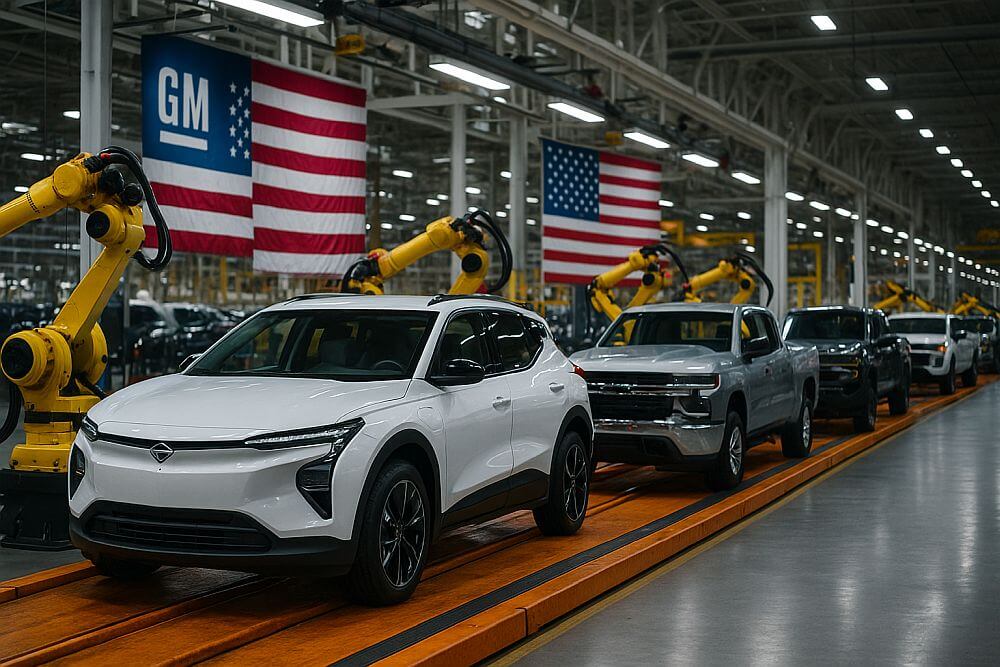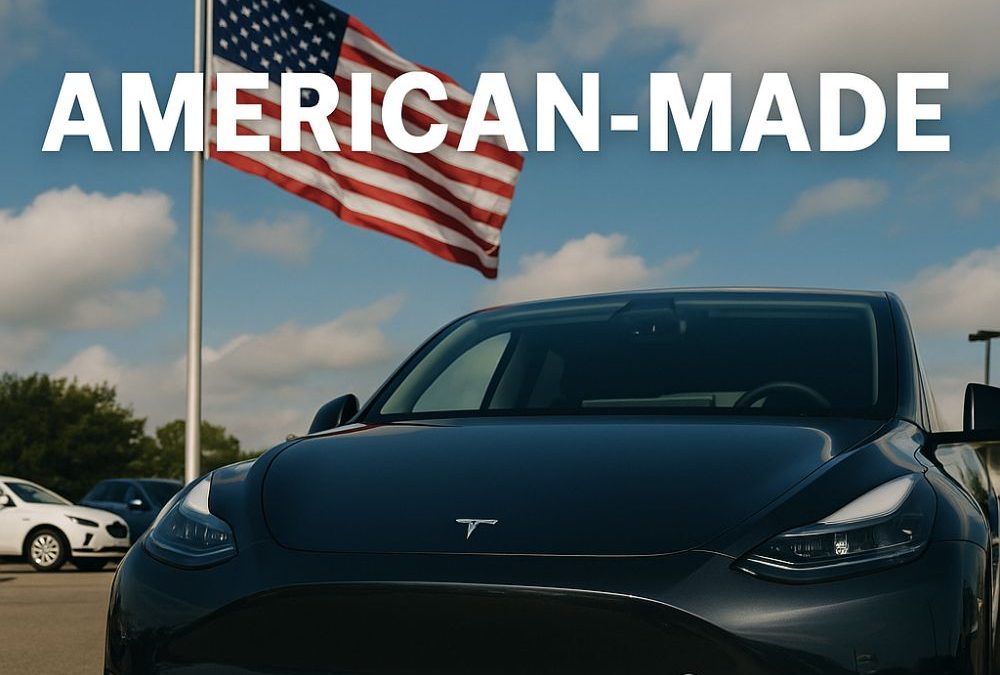General Motors (GM) has announced a $4 billion investment in three U.S. manufacturing plants, reinforcing a major pivot toward domestic production in response to rising import tariffs and evolving consumer demand. The initiative, one of GM’s largest U.S.-based investments in recent years, marks a turning point in how the automaker balances its electric vehicle (EV) ambitions with the realities of internal combustion engine (ICE) market strength.

A Strategic Response to Import Tariffs
This move follows the enforcement of a 25% tariff on imported vehicles and parts earlier this year, which removed existing trade exemptions and immediately increased costs across the auto industry. GM, which imports parts and some models from Mexico, Canada, and overseas suppliers, now faces billions in added expenses.
To reduce exposure and protect profitability, GM is doubling down on U.S.-based production. Company analysts estimate the tariffs will raise per-vehicle costs by over $2,000, pressuring both manufacturers and consumers. The $4 billion outlay is designed to localize manufacturing and offset long-term losses.
Where the Investment Is Going
The bulk of GM’s investment will be allocated to the following assembly plants:
-
Orion Assembly (Michigan): Once set to produce EV trucks, this facility will return to building ICE SUVs and light trucks by 2027. EV production duties will be shifted to the Detroit-Hamtramck Factory Zero site.
-
Fairfax Assembly (Kansas): The plant will begin producing the Chevrolet Equinox (gasoline) in 2027. Bolt EV production will continue here until late 2025.
-
Spring Hill Manufacturing (Tennessee): Will expand to include production of the gasoline-powered Chevrolet Blazer. Cadillac EVs like the Lyriq will also continue to roll off its lines.
In addition, GM is directing nearly $900 million to its Tonawanda, New York facility to produce next-generation V8 engines, signaling that ICE models remain integral to GM’s medium-term strategy.
Balancing EV Goals with Market Demand
While GM remains committed to an all-electric lineup by 2035, the market is sending mixed signals. EV adoption is slowing, and infrastructure challenges continue to limit growth. In response, the company is recalibrating—choosing to support ICE vehicle production while building out its EV portfolio more gradually.
This dual-track approach enables GM to maintain strong sales of gas-powered vehicles, which remain highly profitable, while keeping pace with the long-term EV transition.
Industry Ripple Effects: The Tariff Domino
GM isn’t alone. Tariff impacts are now reshaping the manufacturing plans of global automakers:
-
Audi is reportedly evaluating a $4.6 billion plant in the U.S. to avoid tariff costs.
-
BMW, Hyundai, and Mercedes-Benz are all expanding their U.S. footprints to counter tariff penalties and qualify for local production incentives.
Industry analysts predict a 10–15% rise in vehicle sticker prices across the board, with some models climbing as much as $5,000. This inflationary pressure could reduce new vehicle demand by up to 20% in coming quarters.
How Consumers Are Affected
Car buyers are already feeling the impact. In June 2025, the average new vehicle price in the U.S. reached $46,233. Monthly car payments have also climbed, now averaging $747. Financing is becoming increasingly difficult, especially with higher interest rates and tightening credit approvals.
As a result, the used vehicle market is booming. Dealerships across the country report higher traffic and conversion rates as consumers pivot to more affordable pre-owned options. CarMax, for instance, posted a 9% increase in quarterly used vehicle sales—its largest in over a year.
Incentives vs. Tariffs: A Policy Crossroads
GM’s investment strategy raises questions about the broader economic implications of tariff-first policies. While intended to strengthen domestic manufacturing, tariffs also increase inflation, strain trade relations, and raise costs for consumers.
Auto industry leaders are now lobbying for incentive-based alternatives, such as tax credits for domestic production and expanded EV infrastructure subsidies. They argue that a supportive environment would drive faster innovation and investment without unintended price spikes.
What This Means for Jobs and Local Economies
The ripple effect of GM’s investment will extend to local economies. New hiring is expected at each of the upgraded plants, with job growth projected in Michigan, Kansas, and Tennessee. Supply chain partnerships are also likely to expand, creating secondary economic benefits in logistics, parts manufacturing, and regional infrastructure.
Looking Ahead
GM’s $4 billion investment sends a clear signal: the future of auto manufacturing in the United States is being reshaped by global trade dynamics, evolving policy landscapes, and consumer behavior. As other automakers follow suit, the next few years will be critical in determining how well the industry adapts to this reshoring era.
For GM, success will depend on managing costs, meeting demand for both ICE and EV models, and navigating the rapidly shifting automotive landscape.


